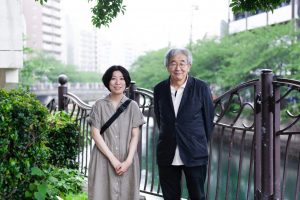Tokyo Artpoint Project was initiated with the aim of creating various “art points” (places where culture is born) in Tokyo. Launched in 2009 by the Tokyo Metropolitan Government and the Arts Council Tokyo (then known as the Tokyo Culture Creation Project Office), the project’s purpose was to bolster the city’s art leadership by collaborating with NPOs involved in local communities, in light of Tokyo’s bid to host the Olympic and Paralympic Games.
Based on the design concept of “creating a new intermediary support system for public cultural projects to connect communities, people, and activities,” the most distinctive feature of this project is that it is executed as a “jointly organized” initiative involving the Tokyo Metropolitan Government, Arts Council Tokyo, and NPOs. The advantage of this jointly conducting activities lie in the ability to proceed deliberately in line with the progress of both the project and the organization. Their focus is on fostering a team for sustainable projects.
Arts Council Tokyo’s program officers, who are specialized staff in art projects, have been involved with project from their inception and a mechanism that accompanies the process over multiple years, which is a rare case both domestically and internationally. Program officers support organizations and staff running newly born art projects in the city in various aspects such as networking, information, and expertise, helping these projects to sustain their activities.
Through this mechanism, they have nurtured organizations and hubs responsible for cultural and artistic activities in various regions while engaging with citizens.



















